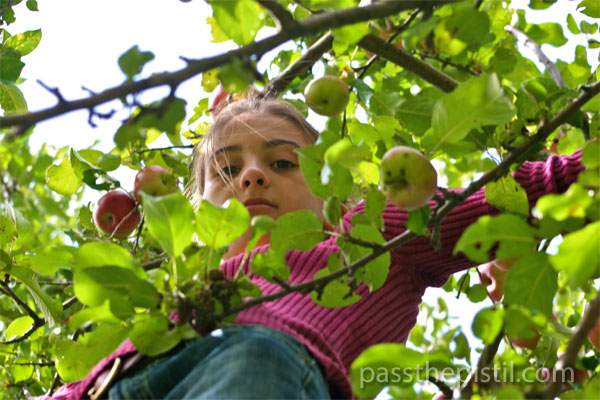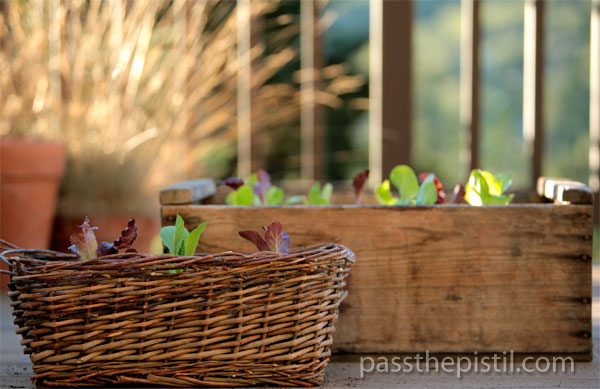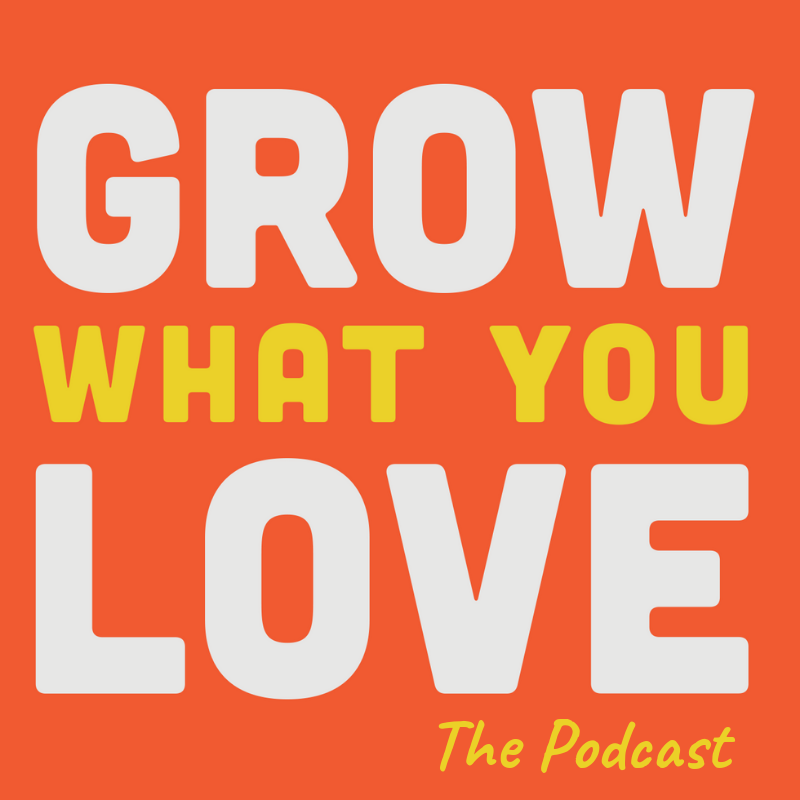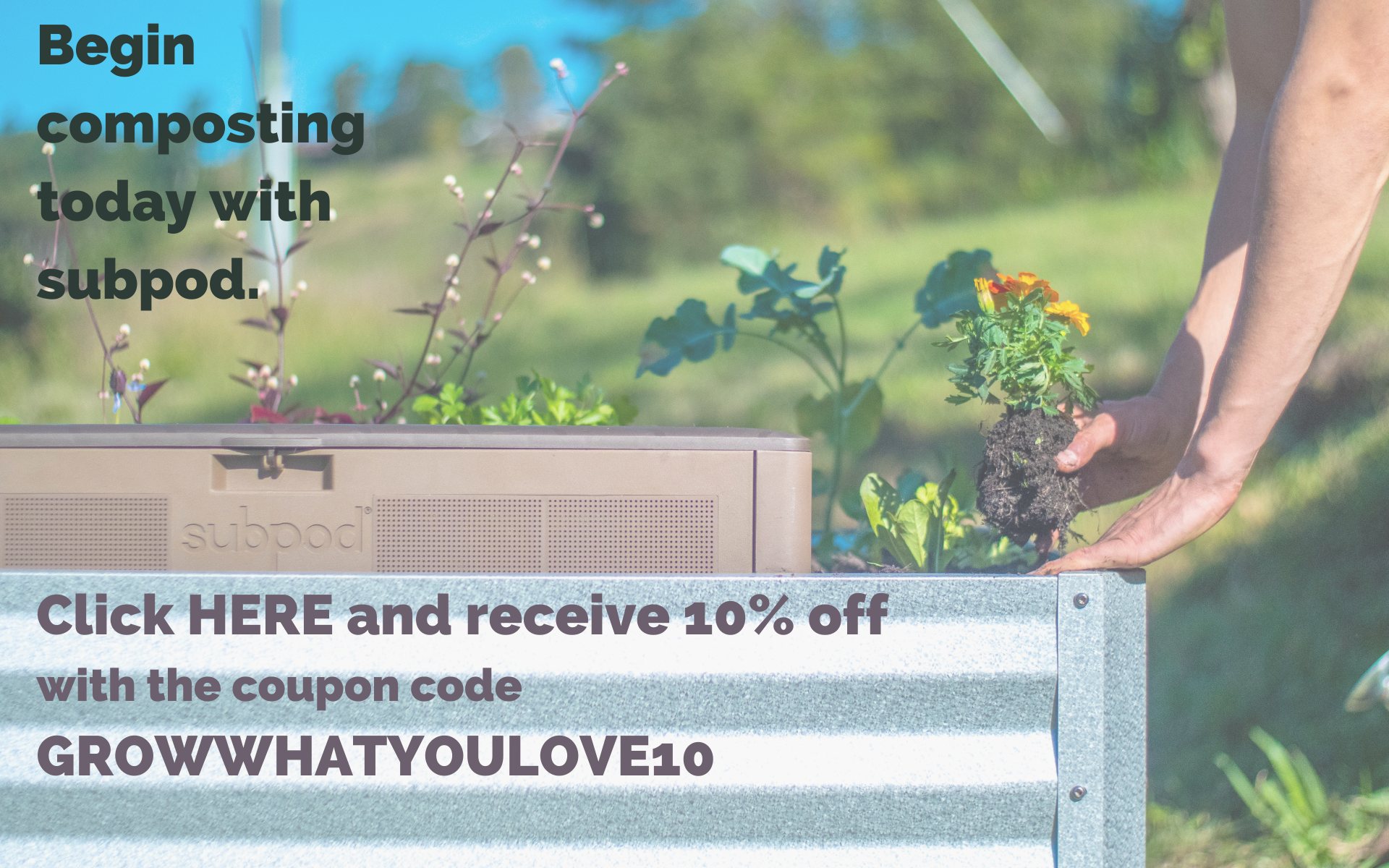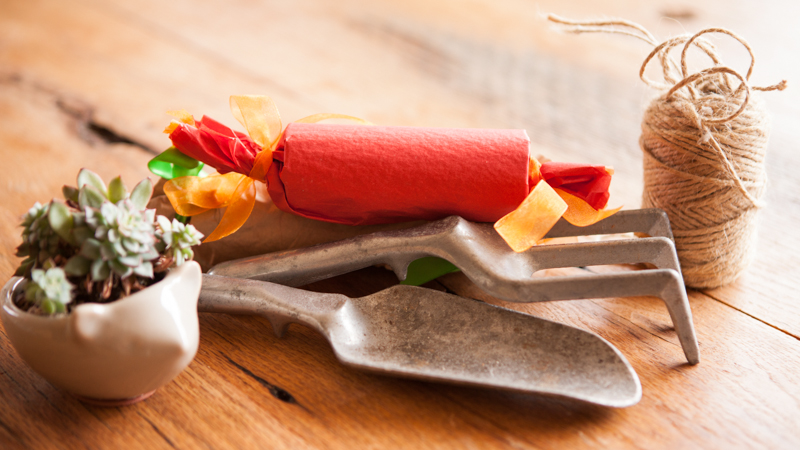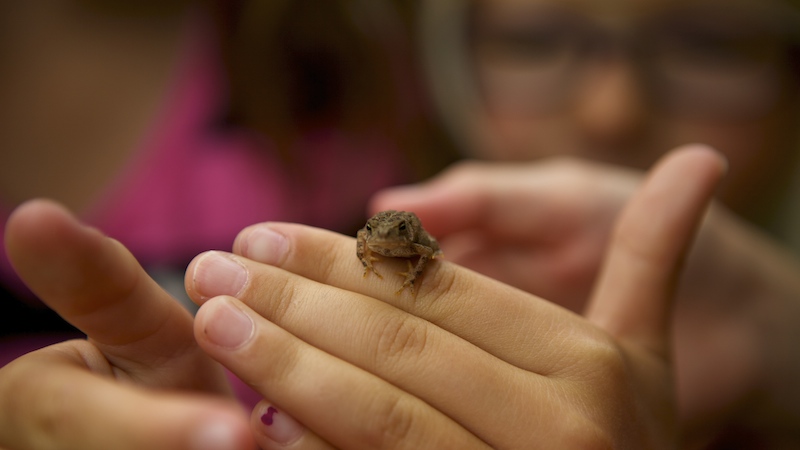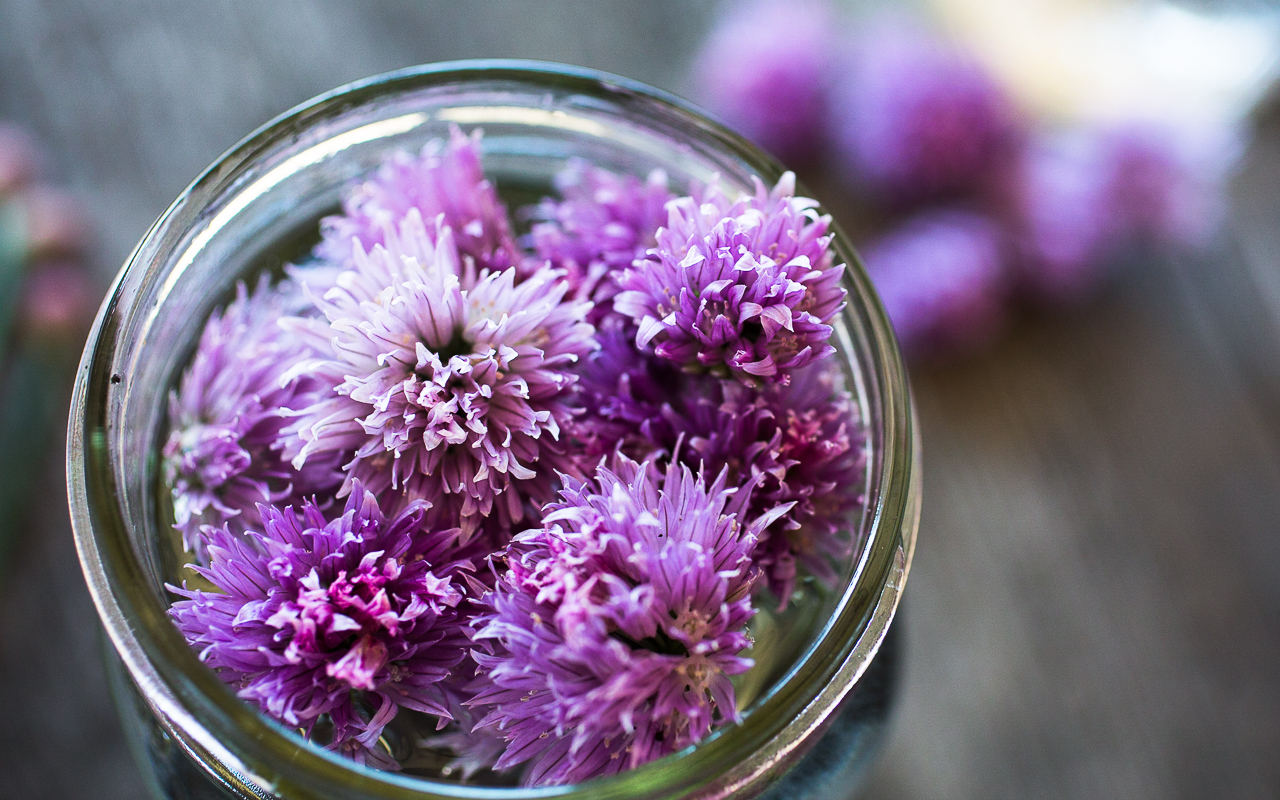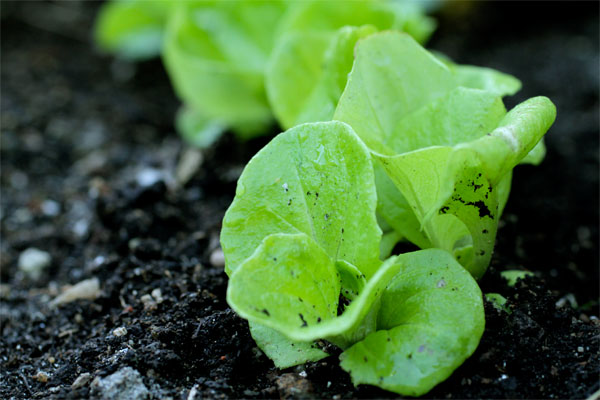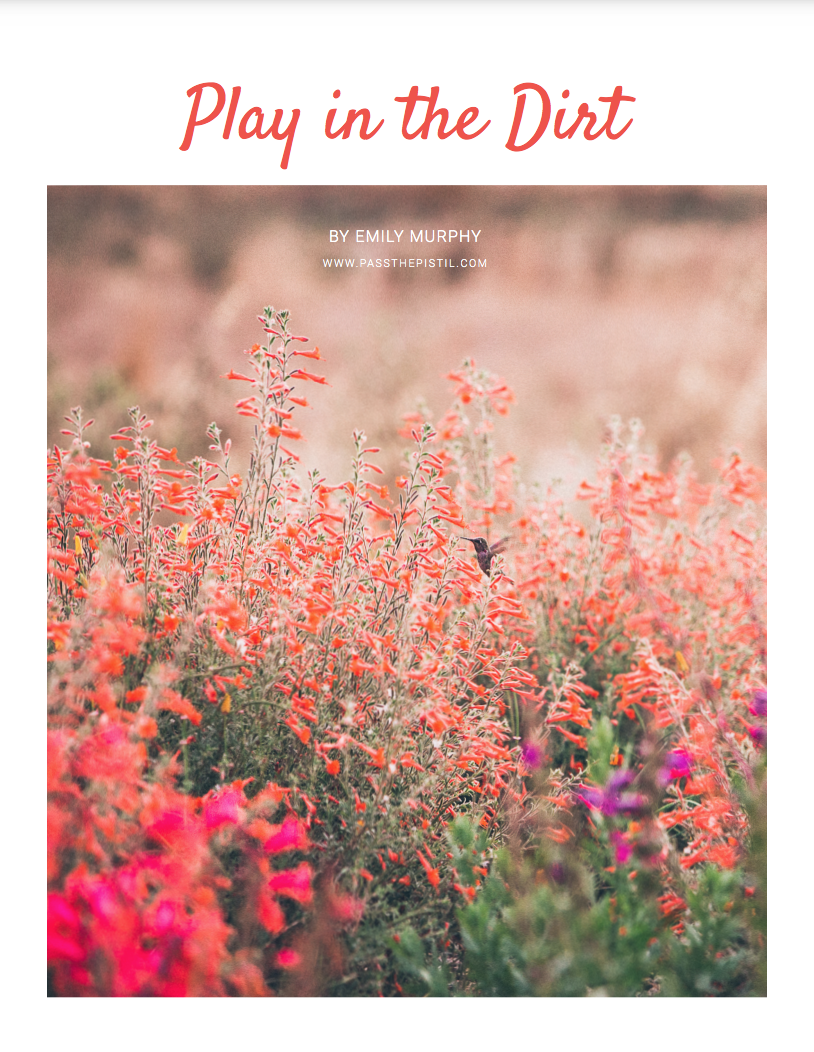20 Tips for Gardening with Kids
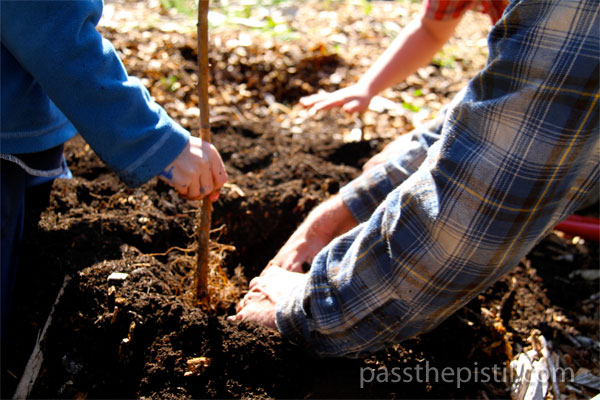
What is one of your first childhood, garden memories? Does it jump to the tip of your mind? Or maybe you’re like me and it feels like a memory that springs up from your whole self — one that awakens all of your senses? No matter, it’s probably filled with color, vibrancy and at least one other person along with fragrances, plants you grew or played under, how you helped and your special spots. Maybe this is the compulsion for your crazy antics and garden obsession?
However sometimes, as we get older, it’s easy to forget the driving force for childhood wonder. I’ve been fortunate to work with children in school gardens and at home — learning more than I’ve taught along the way.
Here are a few things to remember:
- The more animals the better. Gardens are habitat for animals and people. Build toad homes, nesting boxes and bat houses. Grow native plants; butterfly, bee and hummingbird plants; and plants and trees for songbirds and other critters.
- Let them eat dirt and be dirty. Sometimes there is noting better and now we know it’s good for us. The chemical reaction we have when touching and interacting with soil makes us happy and, from a young age, can improve the immune system.
- Plant things your child loves. Growing food in the garden your children enjoy eating gives it self-made purpose and joy.
- Plant things you want your child to love. Not so favorite foods become immediately more appealing when planted from seed or starts, nurtured as baby plants and grown into breakfast, lunch or dinner.
- Re-think perfect. When working with raised beds, children tend to plant in places that “look good”. Typically any available spot which, to an adult, looks willy nilly. It means you may have to give up your neat rows. However, you may come up with a planting arrangement you hadn’t thought of or is agreeable to everyone if you say: “let’s group these plants together” or “let’s make a pretty pattern, we want our garden to be beautiful… what do you think?”
- Stinky things can be exciting and fun. Fish emulsion, manure for compost and fragrant plants make everything come alive.
- Model wonder. The wonder you express when you come across spiders, strange looking bugs, mushrooms or interesting seeds, flowers and roots helps our children become open to inquiry and the path to life long learning. In fact, these moments are the beginning of learning the language of nature.
- Teach without teaching — give children responsibility. Even the youngest of children can repeat and perform important tasks. Show her by doing and then let her do it herself.
More Fail-proof Hands-on Suggestions:
- Prepare food in the garden. Chop and eat veggies; make spring rolls or salads; or pull out a hot plate to cook up soup, pop popcorn or make another yummy, favorite dish.
- Compost and dig for decomposers.
- Inspire children to build fairy homes, squirrel houses, nests or other habitats using garden materials.
- Keep magnifying lenses and keys to bugs and other animals close at hand.
- Make garden art and art in the garden. Art from natural materials such as seeds, twigs, grasses, flowers, leaves and paints from plant parts. Make critters, cairns, mobiles, mosaics, etc.
- Let parts of your garden run wild or create the impression of wildness.
- Make space for water — bird baths, ponds or gazing bowls. Water is magic.
- Make room for “special spots” — places to sit, play and imagine.
- Design your garden with transitions. Paths or areas that constrict movement that then open up to wider areas create experience, even in a small-space garden. Arbors, hedges, groves or lines of trees or even tall grasses or potted plants can lead our feet, create purpose and “other worlds”.
- Keep a journal. Draw and take pictures. Include items from nature. Write together.
- Chickens and worm bins are a huge bonus.
- Finally, sometimes simply being in the garden together, even if you’re busy doing different things is perfect. In the end it’s the experience that will be remembered.
Listen
Buy The Book
Special offers
Newsletter Signup
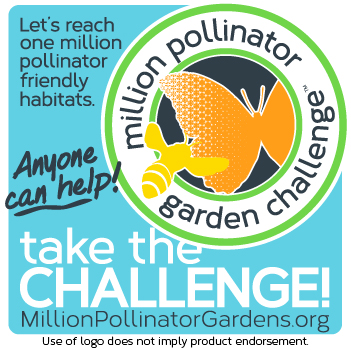
Archives
Disclosure
Pass The Pistil is a participant in the Amazon Services LLC Associates Program and other affiliate programs such as Etsy, affiliate advertising programs designed to provide a means for sites to earn fees by advertising and linking to curated affiliate sites.



